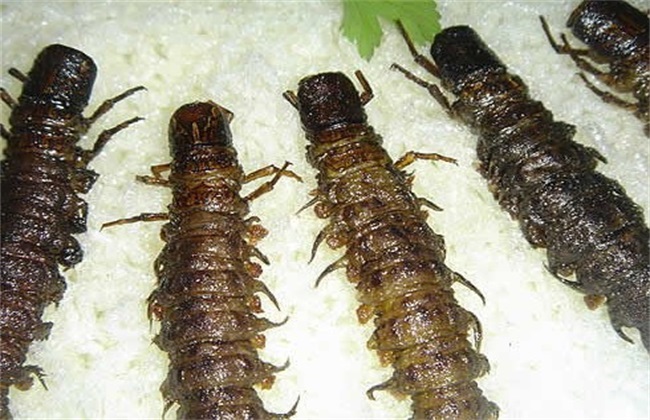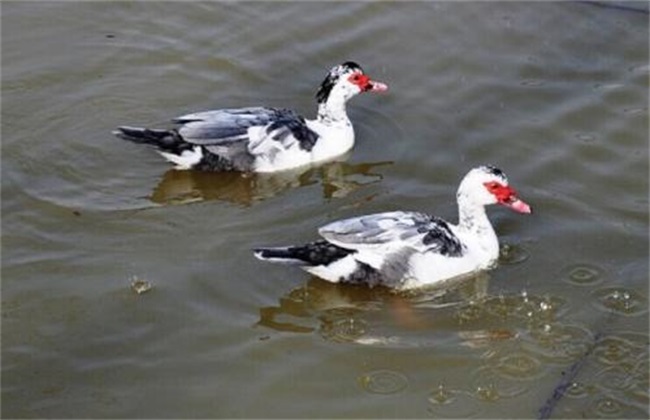Culture techniques of climbing sand worms
Sand worms, also known as water centipedes, belong to medicinal insects, and they are also a kind of food, which can be found in many places in the south. Now the climbing sand worm is a treasure, and its breeding value is extremely high, and many people are scrambling to raise it, so how should it be bred? Let's learn about its breeding techniques.

1. Aquaculture pond construction
Sand crawlers belong to the type of land and water aquaculture, with more daily activities by the water, but can also survive on the shore. When building aquaculture ponds, we should consider this problem. There should be both aquatic circles and terrestrial circles, which are mainly composed of river sand and so on, while aquatic circles are made of pebbles or stones in the water, and then injected with water. It is convenient to crawl between the two, and the place in contact shows a slope to facilitate the crawling sand worms. The size of the aquaculture pond is generally about 2-4 meters according to the site, which is mainly long, because it is divided into two activity venues.
2. Improve the facilities
After the aquaculture pond has been built, it is necessary to continue to improve other equipment, one is the underwater water pipe, because it is often necessary to regulate and control the water source, diverting water and draining water at the same time. Second, crawlers love to run, may climb out of the pond, but also in order to resist external harm, so need to prepare to cover the net. As the water source of the culture pond is not circulating, but the sand crawler consumes a lot of oxygen, so it is necessary to prepare some oxygen-increasing equipment according to the situation.
3. Put into breeding
When all the above are ready, you can start breeding. Put the prepared larvae into the culture pond and feed them in no hurry. Wait a few hours for them to adapt to the environment and find their own habitat. Climbing sand worms are quieter during the day, and the peak of eating is at night, so a small amount of food can be fed during the day, mainly at night, and these grow quickly. Yellow powder insects, small fish and shrimp chips and so on are the food of sand worms, mainly partial to meat, must be fresh.
4. Daily management
The daily management of sand reptiles is very easy, it is strong in survival, and there are few diseases, so it mainly focuses on maintaining a healthy environment for them. The water quality should be checked frequently every day, because the water quality of sand crawlers deteriorates faster, especially when it is not in circulation. Secondly, the food residue should be cleaned regularly, otherwise it is very easy to pollute the water quality after decay. Change the water usually once every 3 days or so, so that the water source will be relatively clean, which is conducive to the growth of sand reptiles.
The above is the breeding technology of climbing sand worms, in fact, sand climbing worms are very easy to breed, and we don't have to worry too much about bad breeding. However, aquaculture is still more about the local market, and then decide whether to breed or not.
Related
- On the eggshell is a badge full of pride. British Poultry Egg Market and Consumer observation
- British study: 72% of Britons are willing to buy native eggs raised by insects
- Guidelines for friendly egg production revised the increase of space in chicken sheds can not be forced to change feathers and lay eggs.
- Risk of delay in customs clearance Australia suspends lobster exports to China
- Pig semen-the Vector of virus Transmission (4)
- Pig semen-the Vector of virus Transmission (3)
- Five common causes of difficult control of classical swine fever in clinic and their countermeasures
- Foot-and-mouth disease is the most effective way to prevent it!
- PED is the number one killer of piglets and has to be guarded against in autumn and winter.
- What is "yellow fat pig"? Have you ever heard the pig collector talk about "yellow fat pig"?



